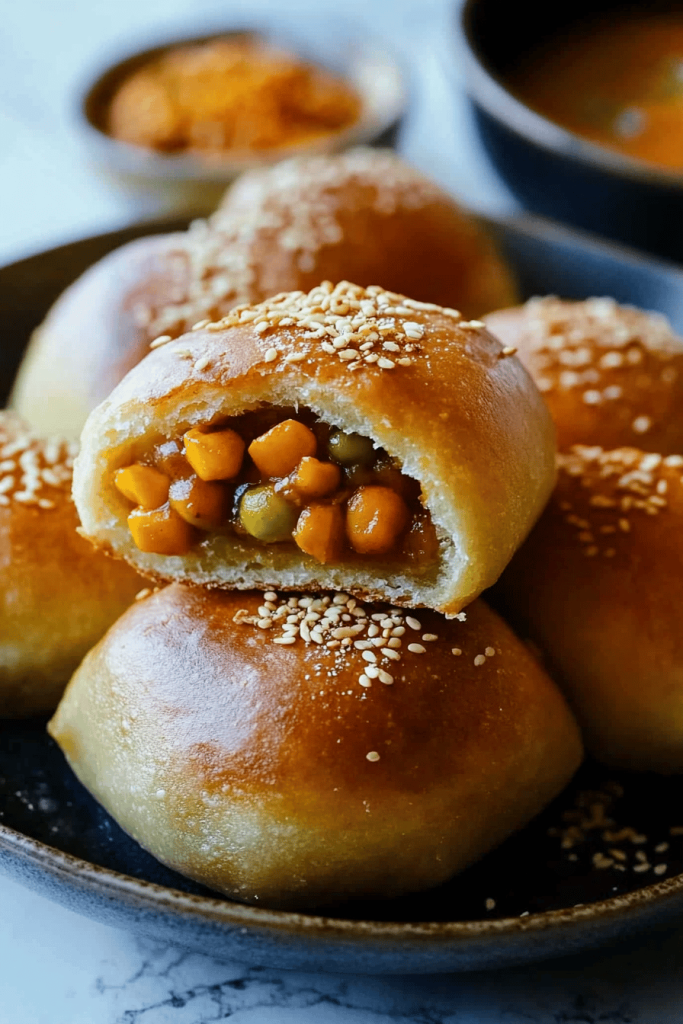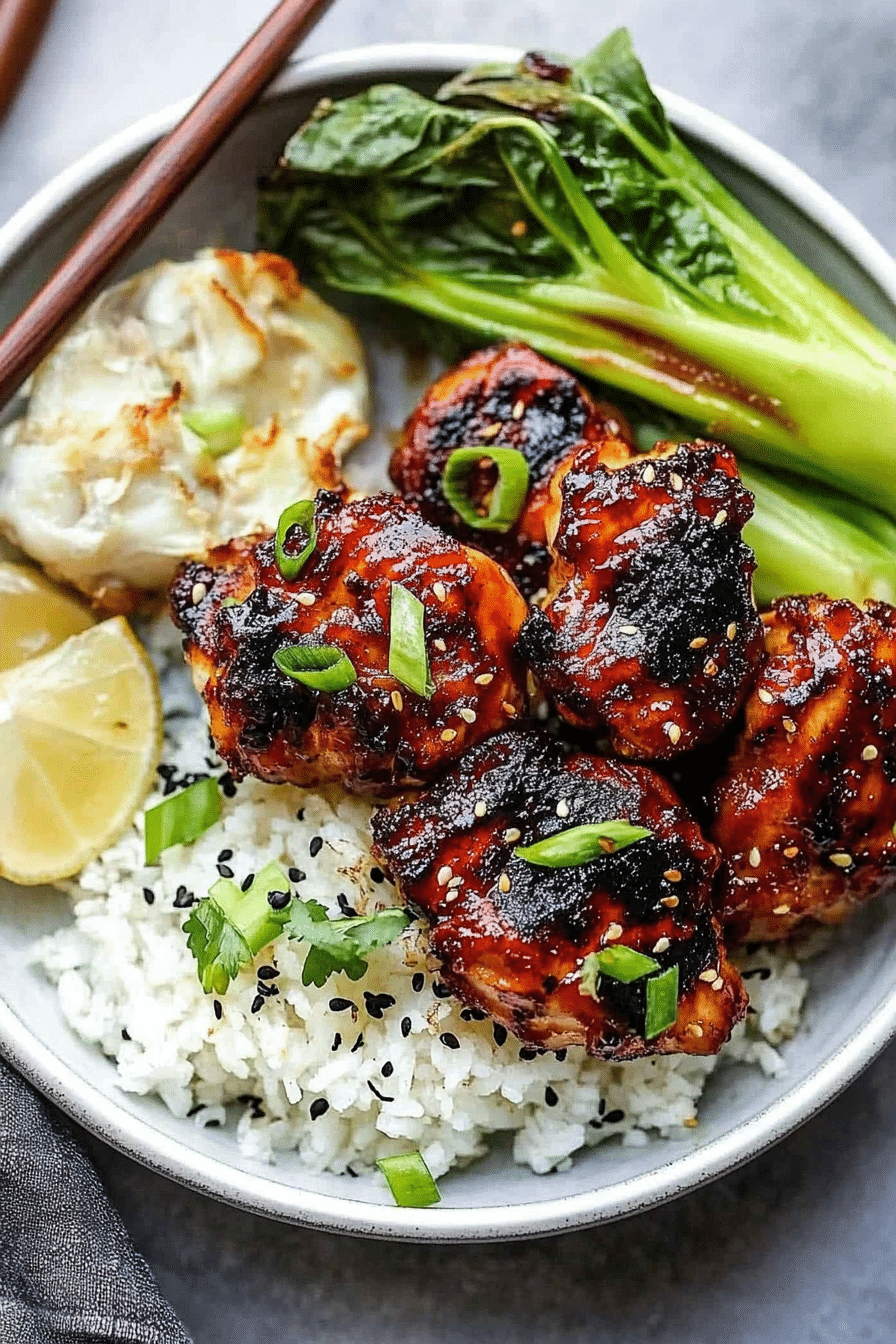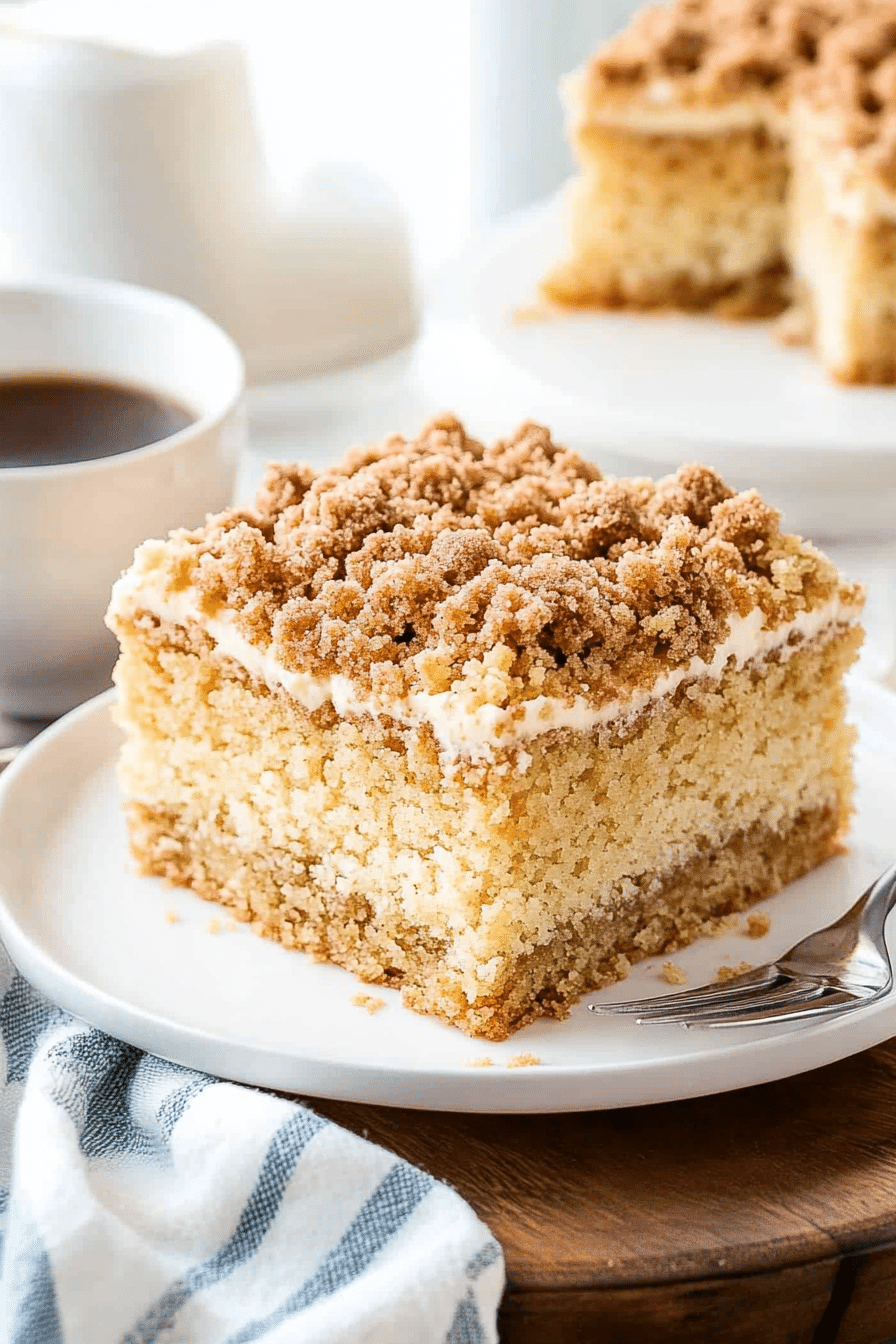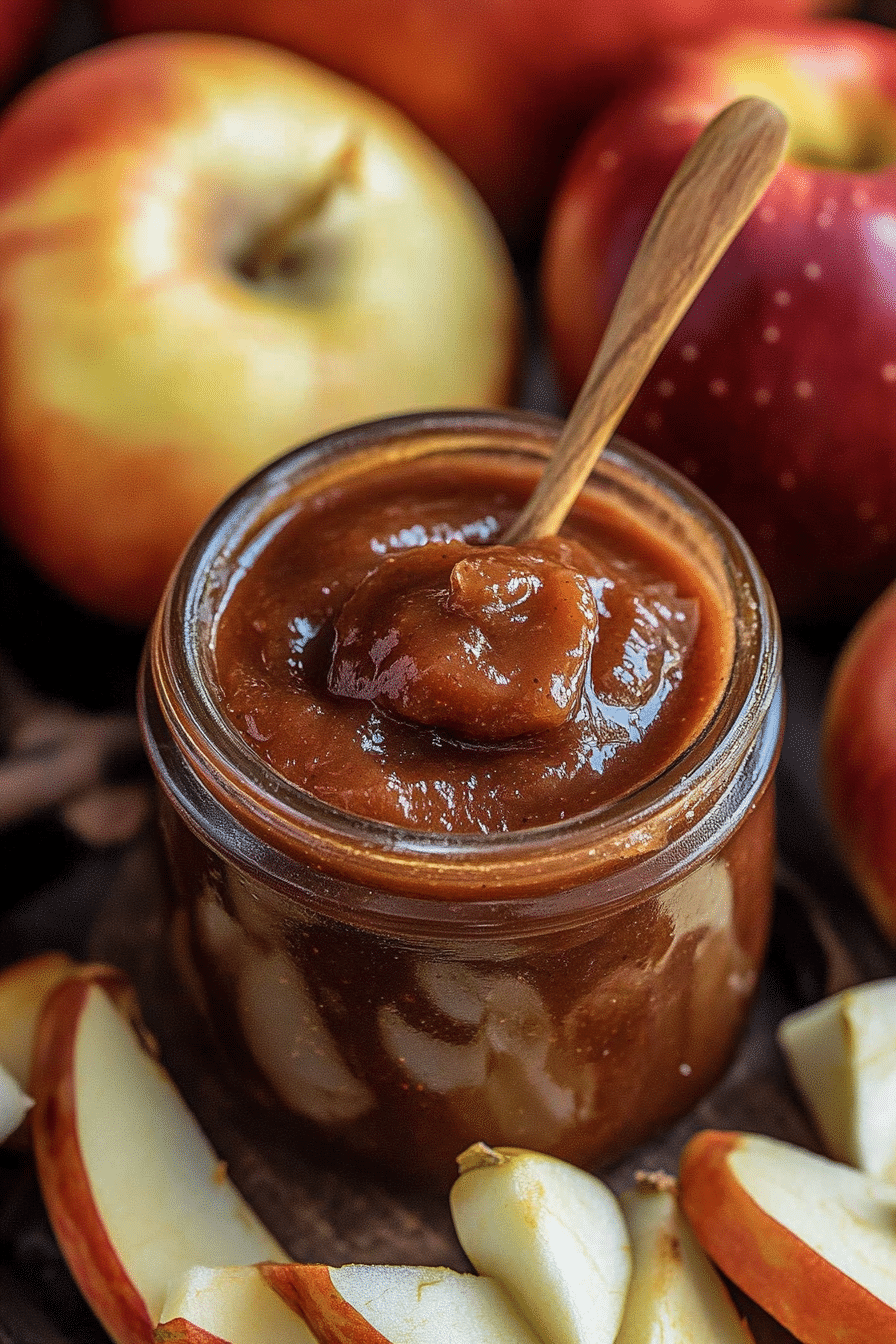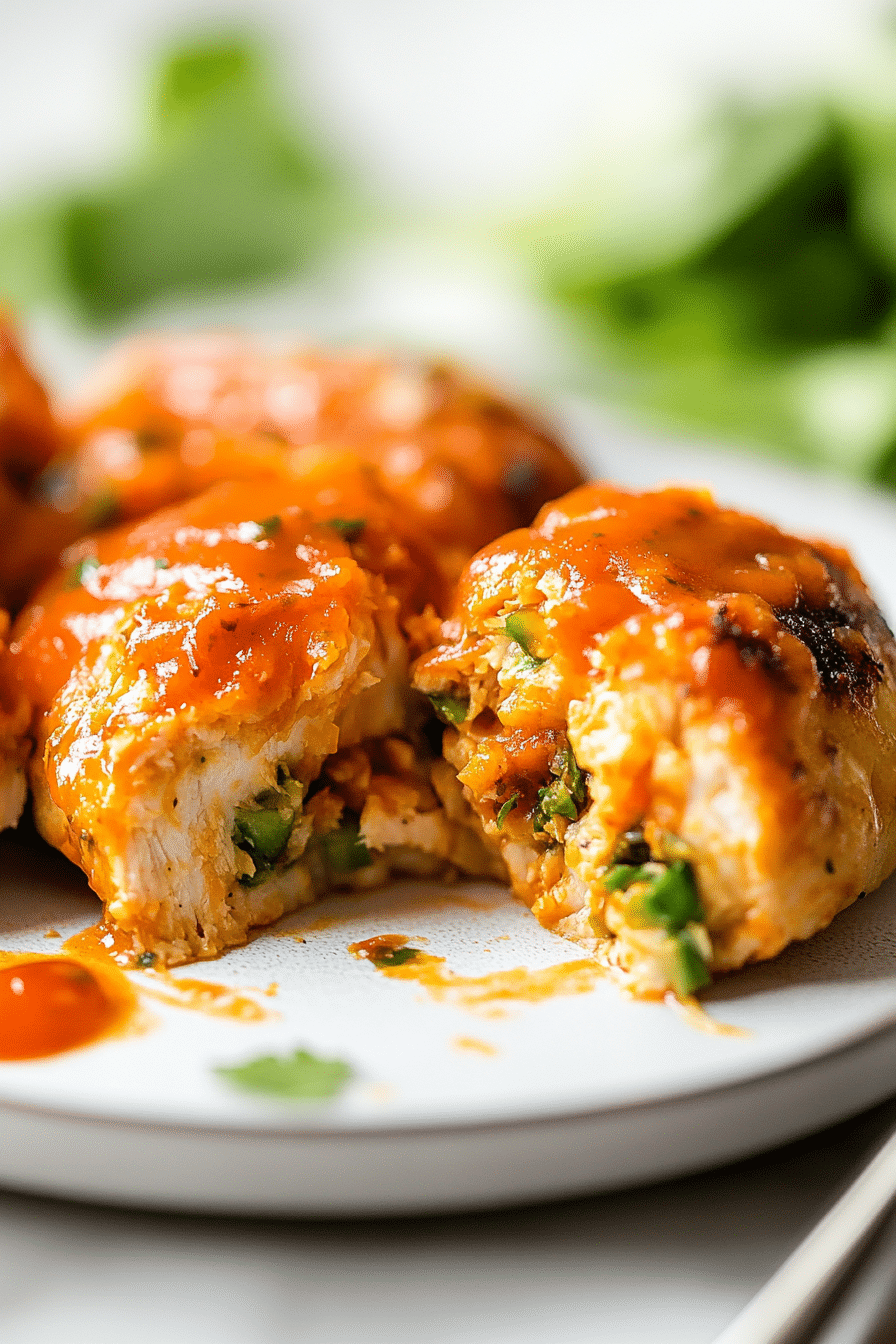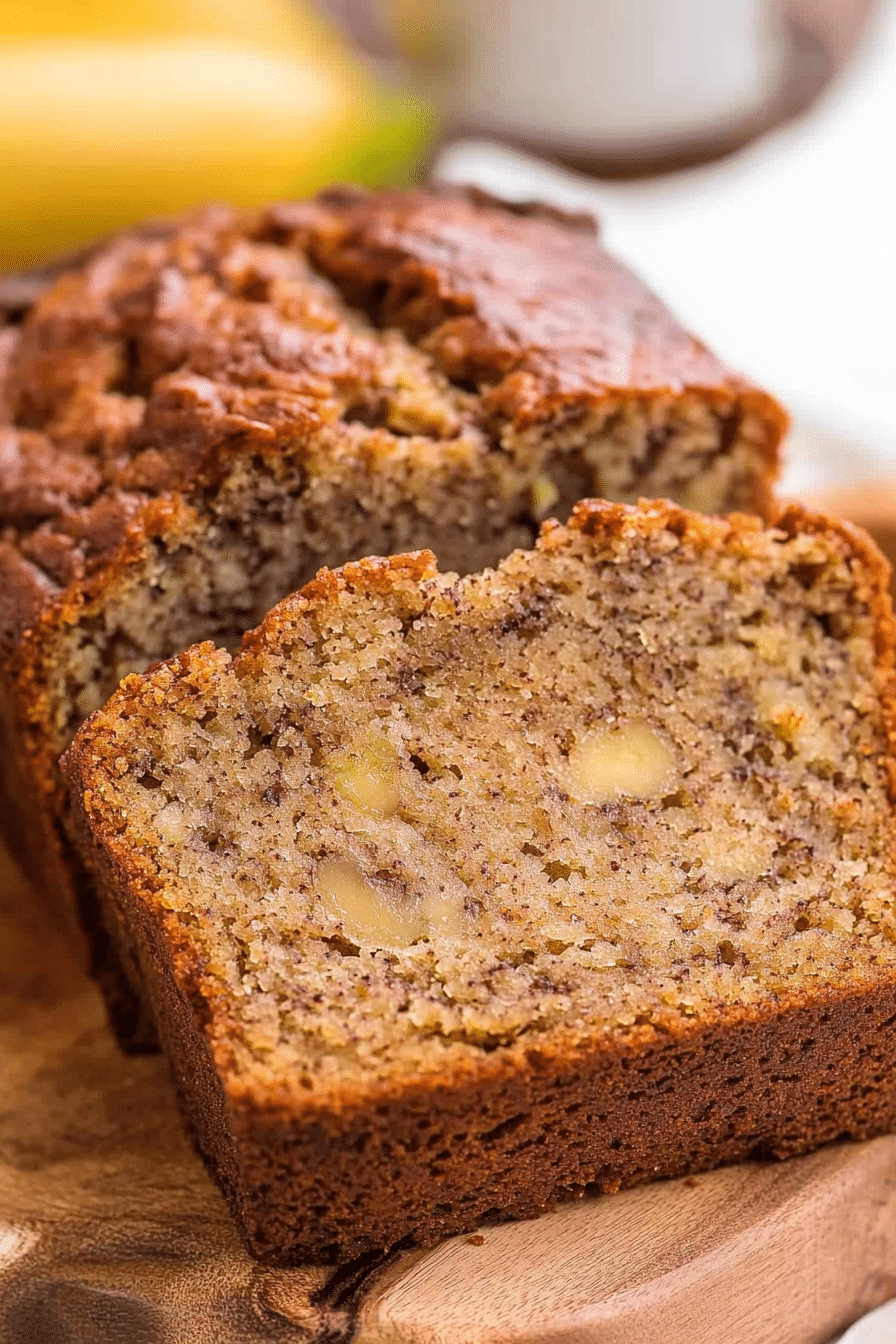Embark on a delightful culinary journey with a remarkable Japanese cuisine highlight: the Japanese Curry Bun. These savory delights pack an aromatic punch, marrying the rich depth of traditional curry with the comforting embrace of a soft bun. Whether you’re a seasoned baker or a curious beginner, this recipe promises a rewarding foray into fusion flavors and baking creativity right in your home kitchen.
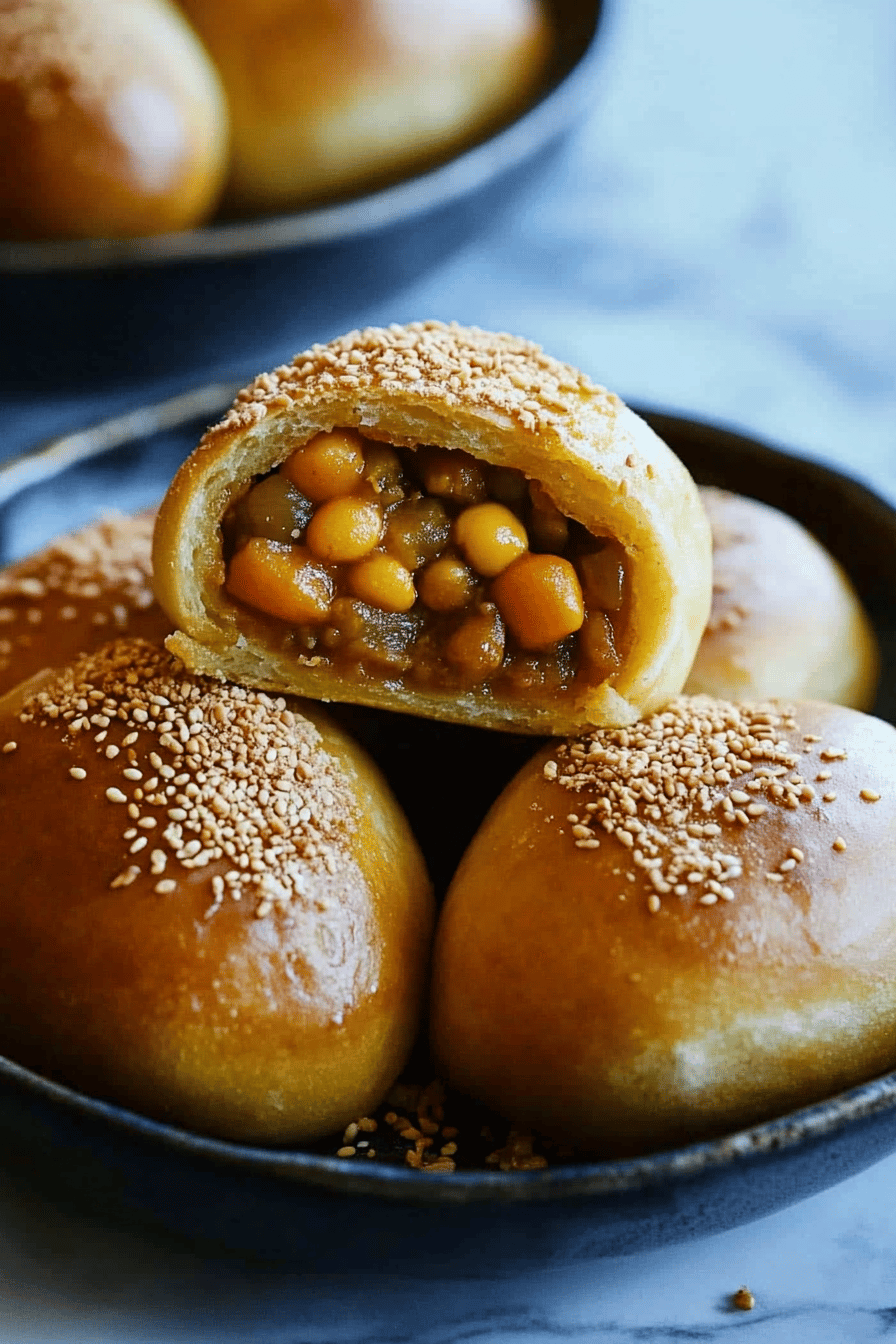
Growing up, one of my fondest memories was visiting the local Japanese bakery with my grandmother. Together, we would taste-test the exquisite array of buns, each filled with different fantastic flavors. The aroma of curry buns would always allure us, and the joy of biting into one was indescribable. Over the years, I’ve tried to recreate that coziness in my kitchen, connecting flavors with nostalgia, and the entire process has become a beloved family ritual.
Why You’ll Love This Recipe
This Japanese Curry Bun recipe is uniquely distinctive for several reasons. Firstly, the bold fusion of flavors offers an exciting twist on a traditional bun, inviting culinary explorers to dive into a different taste dimension. Additionally, the process of preparing and baking these buns is not only therapeutic but impressively simple, with step-by-step guidance ensuring even beginners can achieve bakery-quality results. Furthermore, these buns are versatile – they can be enjoyed as a snack, a lunchbox addition, or even the star of an appetizer spread, appealing to a wide range of taste preferences and meal plans.
Ingredients Notes
When it comes to gathering ingredients for these curry buns, attention to detail can enhance the authenticity and flavor. The core element, Japanese curry paste or roux, can be found in most Asian markets. When looking for a substitute, ensure it’s a mild variety to avoid overpowering the dough. Opt for high-gluten bread flour to achieve the perfect dough texture. The filling can be customized with veggies like peas and carrots for added nutrition. If you’re gluten-sensitive, explore Gluten-Free Flour options to keep the recipe suitable for your dietary needs.
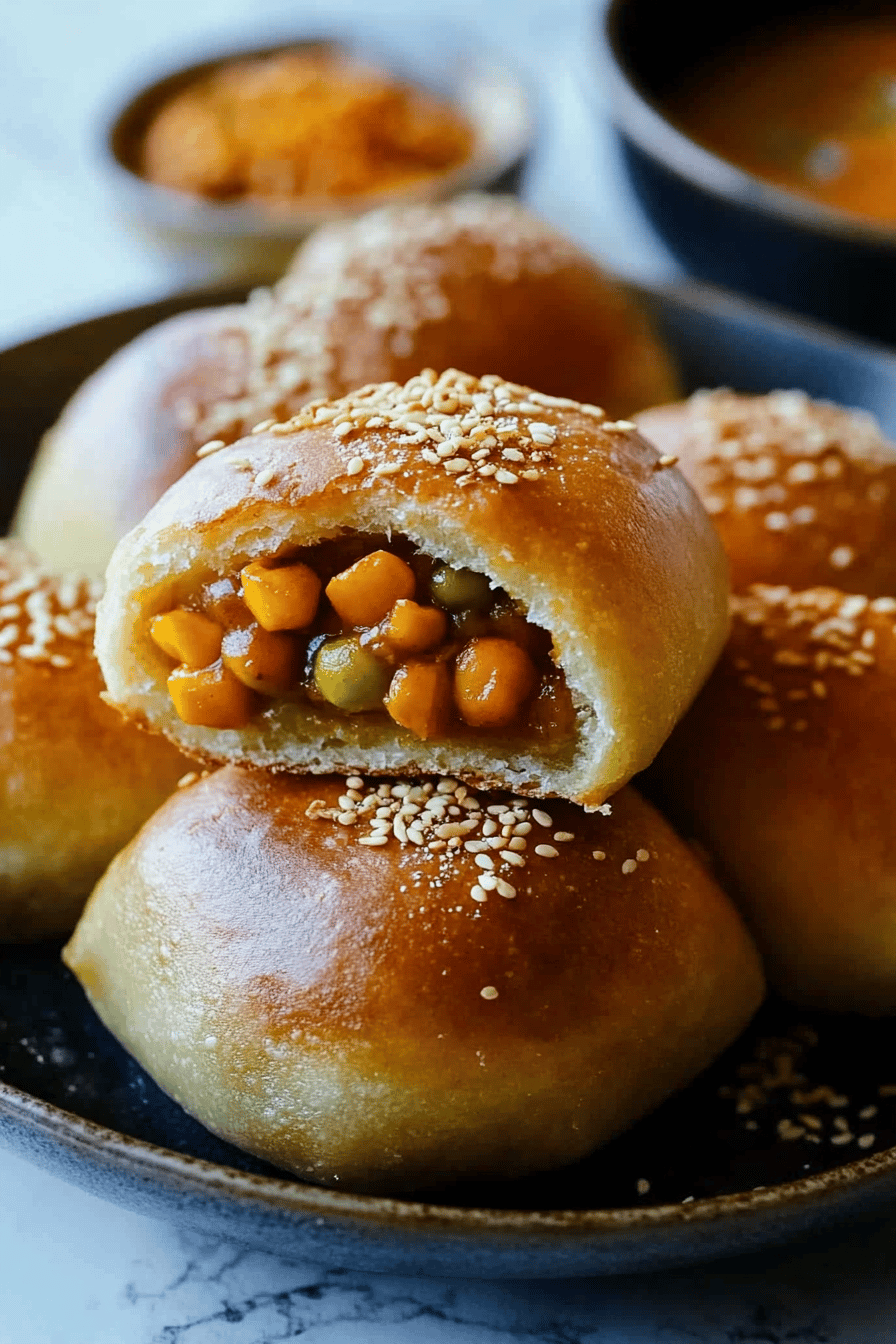
Recipe Steps
Step 1
Begin by preparing the dough. In a large bowl, combine warm water, yeast, and a pinch of sugar. Allow it to sit for about 5 minutes until frothy. Stir in bread flour, sugar, salt, and milk, blending until the mixture starts coming together. Knead the dough on a floured surface for approximately 10 minutes until it becomes smooth and elastic. Place the kneaded dough in a greased bowl, cover, and let it rise until it doubles in size—about 1 to 2 hours.
Step 2
While waiting for the dough to rise, prepare the curry filling. In a medium saucepan over medium heat, cook chopped onions until translucent. Add minced garlic and ginger, sautéing for a couple of minutes. Stir in diced potatoes, carrots, and peas, then add Japanese curry paste and water. Let it simmer until the potatoes are tender, ensuring the mixture is thick enough to hold within the buns.
Step 3
Once the dough has risen, punch it down and divide into equal portions—about 8 to 10 pieces depending on your preferred bun size. Roll each piece into a ball, then flatten into a disc. Place about a tablespoon of curry filling in the center of the disc. Gather the edges, pinching to seal tightly, ensuring the filling is fully enclosed.
Step 4
Heat oil in a large pot over medium heat until it reaches about 350°F (175°C). Carefully place the sealed buns, seam side down, into the oil. Fry each bun until golden brown, turning occasionally for an even color. Once cooked, transfer the buns to a wire rack lined with kitchen towels to drain any excess oil.
Step 5
For a baked alternative, preheat your oven to 375°F (190°C). After assembling the buns, place them on a baking sheet lined with parchment paper. Brush the tops with a beaten egg for shine, then bake in the preheated oven for 20-25 minutes or until golden brown. This method reduces oil and still delivers a satisfying crispness.
Storage Options
To store leftover curry buns, ensure they are completely cool before placing them in an airtight container. They can be kept at room temperature for up to 2 days. For longer storage, refrigerate them for up to a week. If you prefer to freeze them for an extended shelf life, freeze the buns individually wrapped in plastic, and place them in a sturdy freezer bag. When it’s time to enjoy them again, reheat the buns in a preheated oven at 350°F (175°C) until warmed through, or briefly microwave them for a quick bite.
Variations & Substitutions
This recipe is versatile, catering to various dietary needs and flavor preferences. to Make a vegetarian variant, replace any meat used in the curry with tofu or additional vegetables like mushrooms or bell peppers. For a spicy kick, add more cayenne pepper or a touch of sriracha to the filling mixture. Alternatively, infuse a sense of sweetness by incorporating a bit of honey or maple syrup into the dough, complementing the savory curry.
Serving Suggestions
The Japanese curry buns are deliciously adaptable and can be served in numerous ways: as a delicious lunch box treat for kids, paired with a side salad for a light dinner, or presented as appetizers at a dinner party or picnic. Serve with a side of tangy pickled vegetables or a soy-based dipping sauce, enhancing the dish with complementary flavors and textures.
Frequently Asked Questions
Can I use a different type of curry? Absolutely, although Japanese curry is traditionally used, other varieties like Indian or Thai curry can work, transforming the flavor profile uniquely. Adjust the spice level and consistency to match your preference, ensuring that the filling remains thick enough for easy handling during bun assembly.
What if I don’t have access to bread flour? Bread flour aids in creating the ideal texture for these buns, but if unavailable, all-purpose flour can substitute. Adding a tablespoon of vital wheat gluten per cup of all-purpose flour can simulate the bread flour’s properties, maintaining the dough’s elasticity and volume.
How can I make these buns vegan? To make the buns vegan-friendly, opt for a plant-based milk such as almond or soy in the dough, and choose oil instead of dairy-based fats in the recipe. Confirm that the curry paste or powder and any additional ingredients like sugar are vegan certified, ensuring the entire recipe adheres to vegan guidelines.

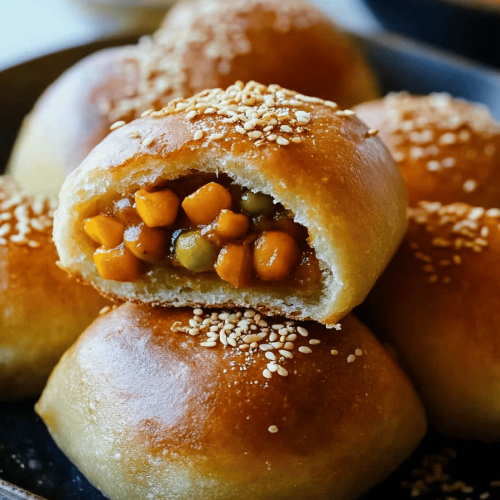
Japanese Curry Bun Recipe: 5 Simple Steps for Savory Perfection
Ingredients
Main Ingredients
- 1 package Active Dry Yeast
- 1 cup Warm Milk
- 0.25 cup Sugar
- 3.5 cups All-Purpose Flour
- 1 teaspoon Salt
- 0.25 cup Butter, softened
- 1 tablespoon Egg for egg wash
- 1 tablespoon Water for egg wash
Curry Filling
- 1 pound Ground Beef
- 1 medium Onion, chopped
- 1 cup Carrots, diced
- 1 cup Potatoes, diced
- 4 ounces Japanese Curry Roux
- 1 cup Water
Instructions
Preparation Steps
- In a large bowl, dissolve yeast and sugar in warm milk. Let stand for 5 minutes until foamy.
- Add flour, salt, and softened butter to the yeast mixture. Mix until a dough forms. Knead for 5-7 minutes until smooth and elastic.
- Place the dough in a greased bowl, turning to coat. Cover and let rise in a warm place for 1-1.5 hours, or until doubled in size.
- While the dough is rising, prepare the curry filling. In a large skillet, brown ground beef over medium-high heat. Drain any excess fat.
- Add onion, carrots, and potatoes to the skillet and cook until softened, about 5-7 minutes.
- Pour in water and bring to a simmer. Add Japanese curry roux and stir until dissolved and the sauce thickens.
- Preheat oven to 375°F (190°C). Punch down the risen dough and divide it into 6 equal portions.
- Roll each portion into a circle and place a spoonful of curry filling in the center. Bring the edges together to form a bun, pinching to seal tightly.
- Place the buns on a baking sheet lined with parchment paper. Whisk together egg and water for the egg wash, then brush over the buns.
- Bake for 20-25 minutes, or until golden brown. Let cool slightly before serving.
Notes
Featured Comments
“Impressed! Clear steps and so flavorful results. Perfect for busy nights.”
“New favorite here — comforting. crowd-pleaser was spot on.”
“Super easy and turned out amazing! My family asked for seconds. Saving this one.”
“This sweet treat was absolutely loved — the buttery really stands out. Thanks!”
“Made it tonight and wow — perfect for busy nights! Will definitely make Japanese Curry Bun Recipe: 5 Simple Steps for Savory Perfection again.”
“Packed with flavor and so simple. Exactly what I wanted from Japanese Curry Bun Recipe: 5 Simple Steps for Savory Perfection.”


